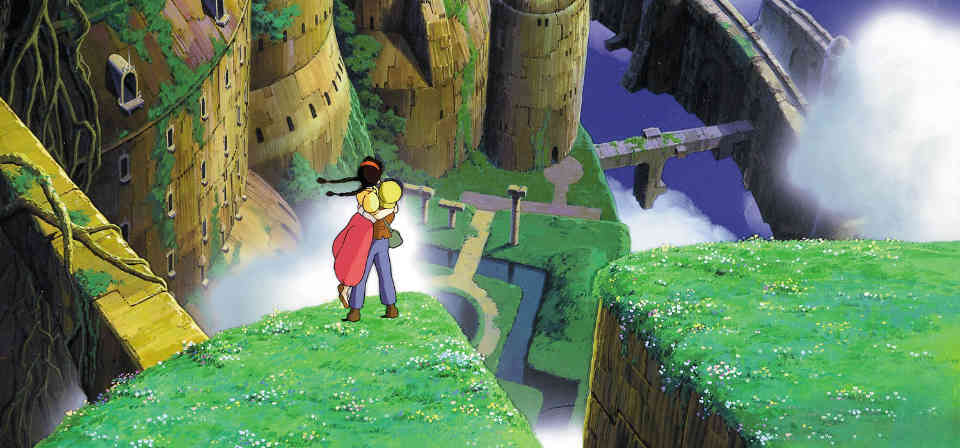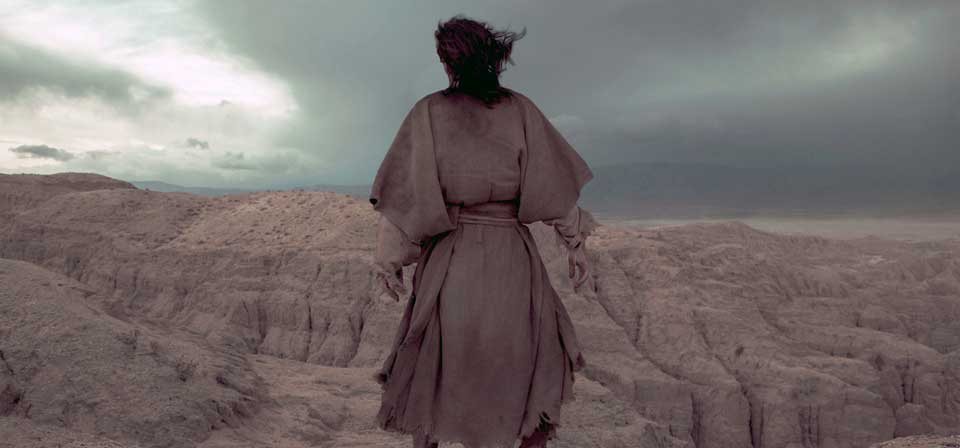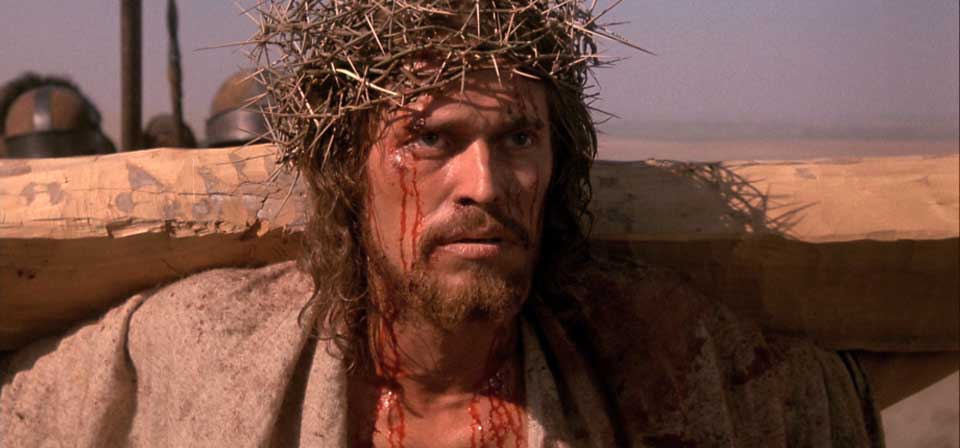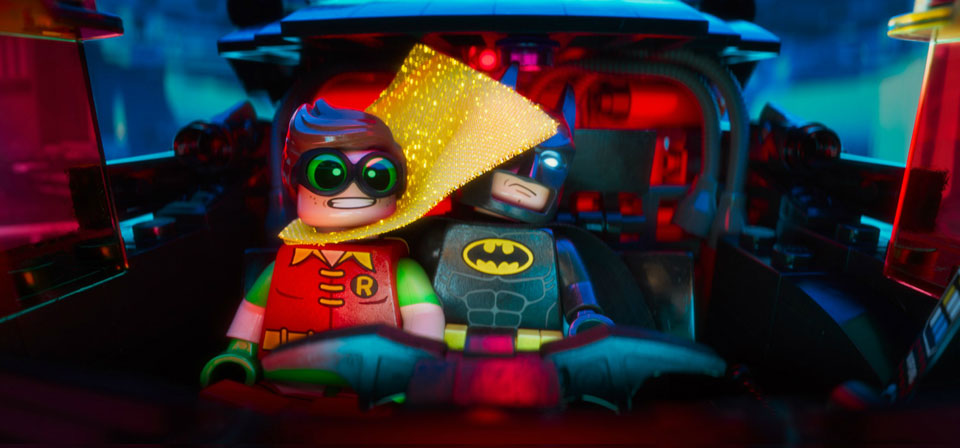Search Results
69 records found
La Strada (1954)
As yet, I have found no illumination in critical accolades and explanations. No critical account of La Strada I have read has struck me as compelling or illuminating. Pauline Kael famously wrote that the three main characters represent the flesh, the spirit, and the mind. But the same could be said for virtually any trinity of characters, from Lancelot, Arthur, and Guinevere to Kirk, Spock and McCoy to Mr. Toad, Mole, and Rat, and what light this paradigm sheds on this particular story is unclear to me. Alan Stone calls it "a parable about Italy under fascism and the possibility of Christian Salvation," but I can’t see that it has anything interesting to say about this either, or that it says it in an interesting way.

Labyrinth (1986)
Despite some imaginative visuals, such as the Escher-inspired omnidirectional castle at the finale, Labyrinth suffers from a distinct lack of charm, with poorly thought-out characters, limp plotting and a limp climax. Although positioned as a coming-of-age tale, Labyrinth indulges rather than challenges Sarah’s heroic-princess fantasies, with a made-to-order adversary whose whole world, for no very obvious reason, seems to revolve around Sarah.
Ladder 49 (2004)
A strongly Catholic milieu is a mixed blessing. On the one hand, there are church weddings, baptisms, funerals, and Christmas Masses. On the other hand, the hero and heroine (Jacinda Barrett), who will later marry and have children, wind up in bed after a night of heavy drinking, and a borderline sacrilegious hazing stunt simulates the sacrament of penance. Ladder 49 doesn’t ask us to accept its characters as saints, but it does argue that, whatever their faults, they deserve to be honored as heroes.
Lady in the Water (2006)
Why, I haven’t come across a fairy-tale premise calling for such childlike wonder and acceptance since the taxation of trade routes was in dispute and the greedy Trade Federation set up a blockade around the planet Naboo.
Lancelot of the Lake (1974)
More, it is a tale of fellowship undone not first of all by the treachery of enemies but by the frailty of human nature itself, even of the most trusted intimates. Perhaps that’s partly why classic Hollywood forayed more successfully into Sherwood Forest and Zorro’s California than Camelot.

Laputa: Castle in the Sky (1986)
From the Leonardo-like engineering illustrations of the opening credit sequence to the hauntingly surreal final image on the edge of space, Hayao Miyazaki’s Laputa, or Castle in the Sky as it’s been dubbed for English-speaking audiences, displays the filmmaker’s visionary brilliance as a shaper of worlds as compellingly as any film he has made.
Larry Crowne (2011)
It is with some astonishment that I realize that until now Tom Hanks and Julia Roberts have never played romantic leads opposite each other in a romantic comedy.
Lars and the Real Girl (2007)
Lars Lindstrom goes through life doing his utmost not to. Every day he negotiates his world as an obstacle course, and the obstacles are other people. The awkwardness of proximity that many people feel in a crowded elevator as they avoid eye contact with strangers and put conversations on hold is how Lars feels with anybody, anywhere. You could say he is socially maladjusted, except I’m not sure he could be called anything with “socially” in it.
Lassie (2006)
Lassie is a rare family film that knows that kids live in a grown-up world, that they are not isolated from such realities as unemployment or war, and can relate to the problems of adult characters as well as those of children and animals.
Lassie Come Home (1943)
The obstacle to this duty, of course, is that Joe’s father Sam (Donald Crisp) is eventually forced out of financial necessity to sell Lassie to the wealthy Duke of Rudling (Nigel Bruce). However, Lassie twice escapes from the the duke’s disagreeable handler Hynes (J. Patrick O’Malley) in order to keep her appointment with Joe, and eventually the duke takes Lassie to an estate in Scotland, over a thousand miles from her home.

Last Days in the Desert (2016)
García takes his time in the early scenes, allowing us to ease into the rhythms of this eremitic phase in its protagonist’s life. A spiritual journey can’t be rushed; the mind and body must submit to long hardship for the spirit to attain its goal.

The Last Temptation of Christ: An essay in film criticism and faith
We must not be too quick to judge any particular portrait of Christ merely because it challenges our expectations or makes us uncomfortable, or because it doesn’t immediately evoke his divinity. After all, Jesus himself often confounded the expectations of his contemporaries, and didn’t necessarily impress most of them as being divine.
The Lavender Hill Mob (1951)
Much of the comedy comes from reversal of stereotypes, with the mild-mannered, middle-class Holland aspiring to the role of criminal mastermind, and Holland’s elderly landlady (Edie Martin) knowledgeably conversing with bemused bobbies in street slang learned from dime-store crime fiction. And while the caper-gone-wrong comedy genre has been done to death in recent decades, The Lavender Hill Mob avoids most of what became the clichés of the genre.
Lawrence of Arabia (1962)
One of the cinema’s grandest spectacles, Lawrence of Arabia is at turns exhilarating, devastating, and puzzling as it ponders the mystery of a man who was a mystery to himself.
The Legend of Zorro (2005)
More precisely, it’s a “funny family action film” in the Fantastic Four mold — that is, a movie whose key qualification as kid entertainment is that it isn’t good enough for grown‑ups. Too bad. Our kids deserve better. For that matter, so do we.
Legion: Peter Chattaway Speaks
Regular readers know that one of the critical voices I cite most often is my friend Peter T. Chattaway. For a ripping example of why Peter is so quotable, check out his brilliant blog post on Legion, now in theaters.

The Lego Batman Movie (2017)
Despite the villainous full-court press, Batman’s victory is so assured that no one is even worried about it. Clearly, something subversive has to happen to kick things out of superhero-movie business as usual and challenge Batman to his core. Would you believe … a giant swirling energy portal in the sky?

The Lego Movie (2014)
Here is something I didn’t see coming: The freshest, most unique animated family film from any Hollywood studio in well over a year is … based on a line of brightly colored plastic construction blocks and assorted accessories. I’m not kidding!
Lemony Snicket’s A Series of Unfortunate Events (2004)
If you prefer movie reviews about pleasant and uplifting films in which goodness is suitably rewarded, evil is suitably punished, and children are not placed in excessive peril or disagreeable circumstances, you may wish to read some other review.

The Leopard (1963)
One comes, like these Redshirts, as a cultural sightseer to The Leopard, with its palatial grandeur, replete with lavish, painterly images of the bygone glory of the Italian aristocracy: already in their own day semi-mythological figures, as we see in a vignette in which Father Pirrone, tries to explain to the common people the mysterious ways of the nobility: “They live in a world apart, not created by God, but by themselves.”
Recent
- Benoit Blanc goes to church: Mysteries and faith in Wake Up Dead Man
- Are there too many Jesus movies?
- Antidote to the digital revolution: Carlo Acutis: Roadmap to Reality
- “Not I, But God”: Interview with Carlo Acutis: Roadmap to Reality director Tim Moriarty
- Gunn’s Superman is silly and sincere, and that’s good. It could be smarter.
Home Video
Copyright © 2000– Steven D. Greydanus. All rights reserved.